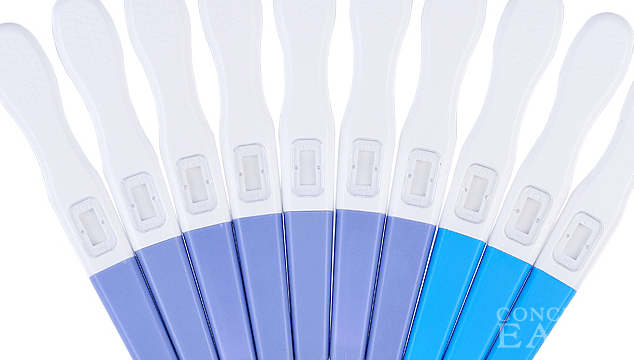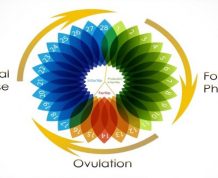
An ovulation test, also known as an ovulation predictor kit, is a test that is able to help you predict the optimal times at which to actively try to conceive through your body’s natural ovulation cycle. A woman’s fertility is based upon the natural cycle of her body; from the beginning of the cycle when your body releases the hormones to begin the ovulation cycle to the releasing of a matured egg that is ready to be fertilized. Claim Your 20 Free Pregnancy Tests – Click Here
Using an ovulation test takes the guess work out of trying to conceive by testing for the hormones that signal the oncoming of ovulation.

A common misconception with ovulation tests is that they tell you specifically when you are ovulating, which sadly isn’t true. Ovulation predictor kits (OPK) actually work by testing for the luteinizing hormone (LH) which is the indicator of your body preparing to release a matured egg.
At the start of the ovulation cycle your body will begin to produce FSH (follicle stimulating hormone) that developing the follicle by which an egg is developed and released. When the follicle is ready it is released and there is a spike of LH in the body that stimulates the follicle to release the matured egg at which point roughly 30 hours of ovulation begins.

Ovulation tests have two different styles that can be used to test for the LH spike in the body:
![]() Test Strip Method – For the test strip method you are usually provide a container to fill with urine and then instructed to dip the test strip into the urine for a few seconds to allow it to test for LH. You can also hold a test strip mid-stream in your urine as well, but it just may be a bit messier without the applicator to hold onto.
Test Strip Method – For the test strip method you are usually provide a container to fill with urine and then instructed to dip the test strip into the urine for a few seconds to allow it to test for LH. You can also hold a test strip mid-stream in your urine as well, but it just may be a bit messier without the applicator to hold onto.
![]() Mid-Stream Method – For this type of ovulation test you are instructed to urinate with the test strip at the ready, when you have urinated for a second or two you’ll want to place the strip in the direct path of the urine stream for a few seconds and then set it aside to allow it to display the results.
Mid-Stream Method – For this type of ovulation test you are instructed to urinate with the test strip at the ready, when you have urinated for a second or two you’ll want to place the strip in the direct path of the urine stream for a few seconds and then set it aside to allow it to display the results.

Each of the tests works with relatively the same percentage of correct results; the difference is merely one may be a little bit messier than the other. Each type of test provides a control color test that allows you to know that it is working correctly and provides a color chart to help you properly interpret the results.
The level of LH in the system is the defining factor of how close you are to ovulation; a lighter color indicates that you might be at the very beginning of the LH spike before ovulation (which may be 14 hours or more away) while a dark color indicates that your body is more than likely within just a few short hours of ovulation.










Comments